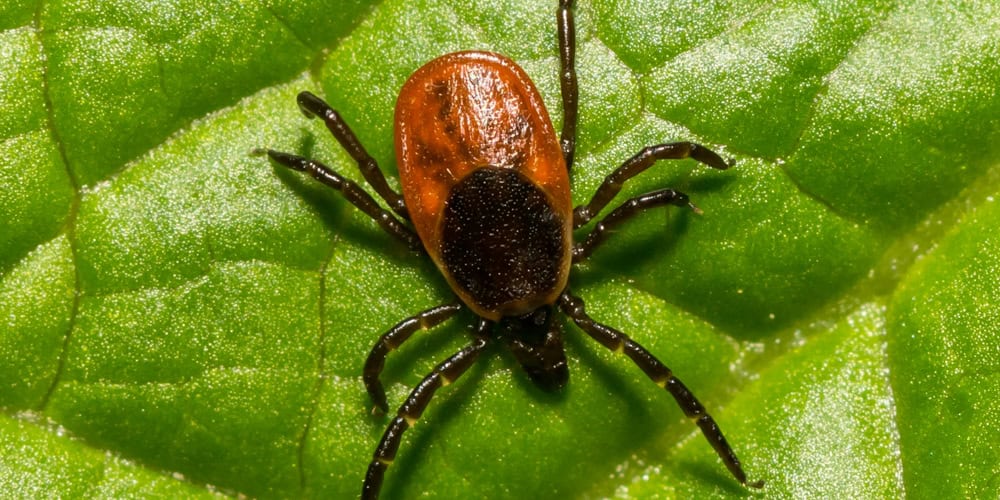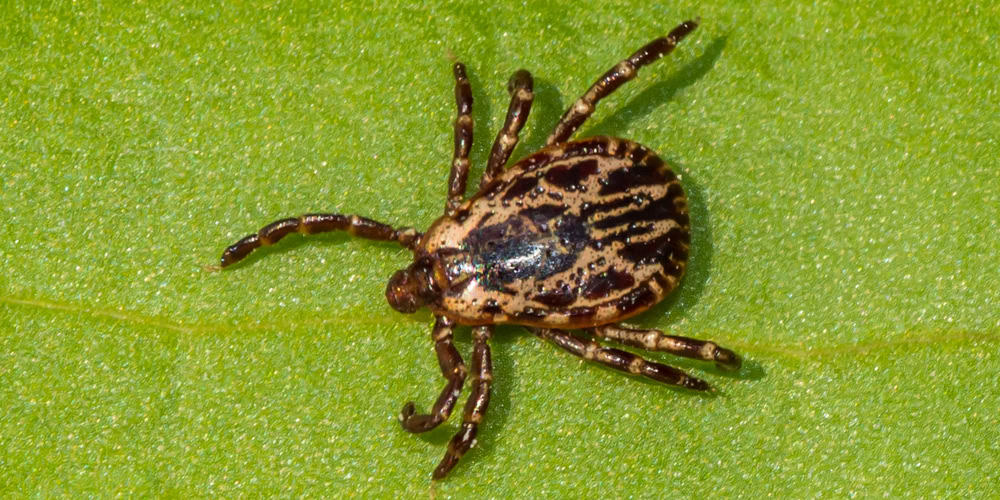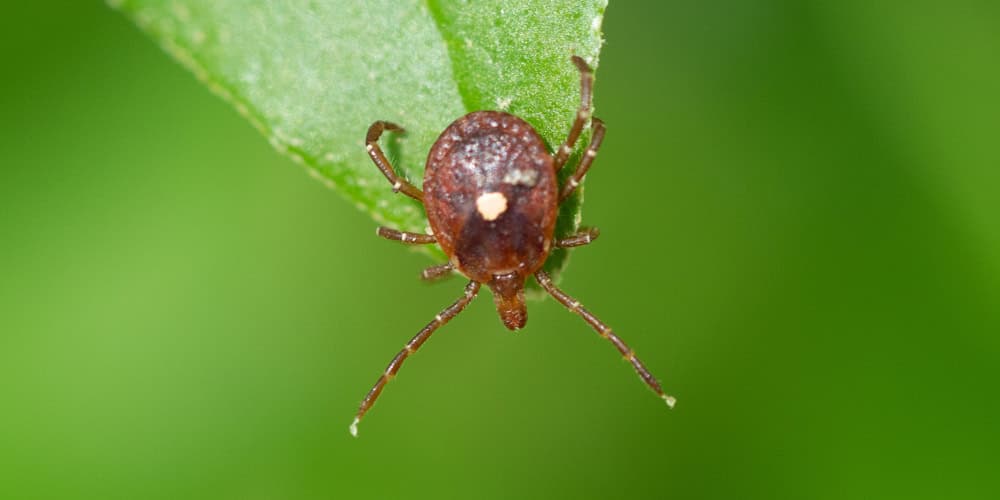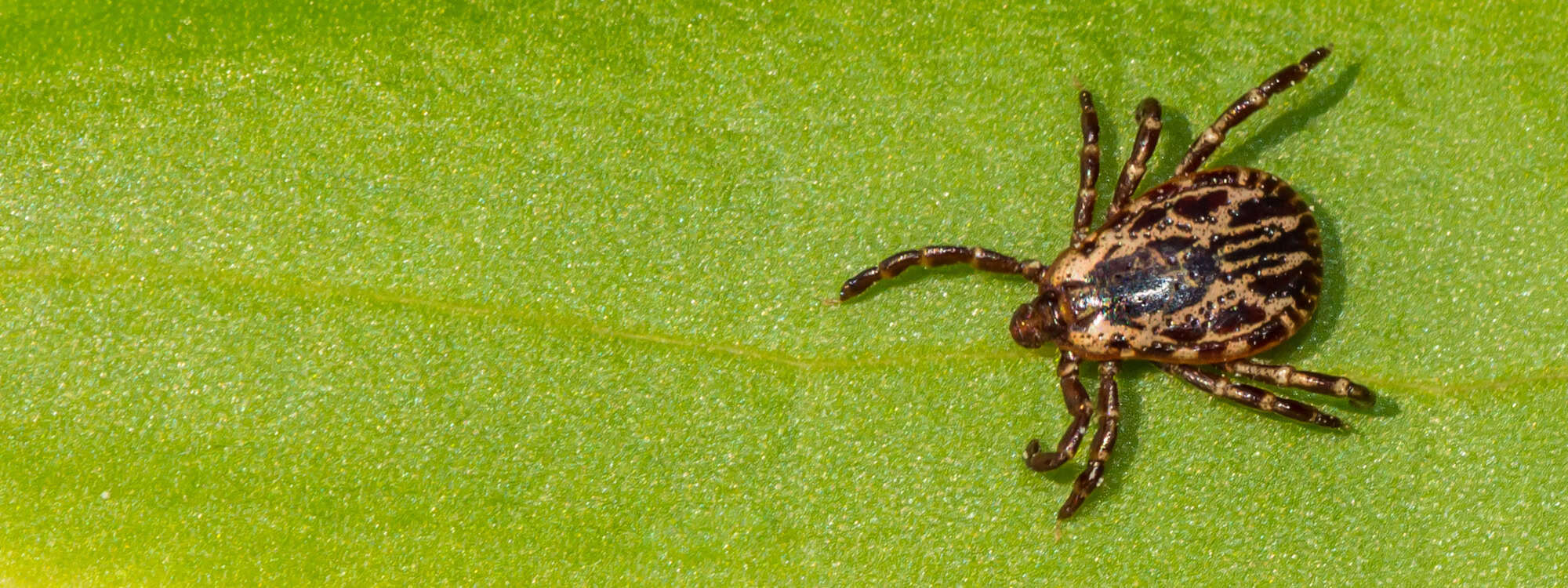Ticks
Ticks are a notable concern in Muskoka, Ontario, due to their potential to transmit various diseases. These parasites thrive in the region’s rich natural landscapes, including forests, meadows, and grassy areas. Understanding the common types of ticks and their characteristics can help residents take preventive measures and manage tick-related risks effectively.
In Muskoka, several species of ticks are frequently encountered:

Black-legged Ticks: Also known as deer ticks, Black-legged Ticks are the primary vectors of Lyme disease in Muskoka. They are most active during the spring and fall, when temperatures are cooler and humidity is higher. These ticks are commonly found in wooded areas, tall grasses, and leaf litter. Their small size and tendency to cling to vegetation make them difficult to spot. Regular tick checks and prompt removal are essential to reduce the risk of Lyme disease and other tick-borne illnesses.
American Dog Ticks: These ticks are prevalent in grassy and brushy areas. They are larger than Black-legged Ticks and can be identified by their reddish-brown color with white markings. American Dog Ticks can transmit diseases such as Rocky Mountain spotted fever and tularemia. They are most active during the warmer months and are often found on dogs, hence their name. Effective control includes using tick repellents and conducting thorough tick checks after outdoor activities.


Lone Star Ticks: Although less common in Muskoka compared to other regions, Lone Star Ticks are occasionally found in the area. They are distinguished by the white spot on the back of the adult female tick. Lone Star Ticks can transmit various diseases, including ehrlichiosis and tularemia. They are often found in wooded areas and are known for their aggressive questing behavior. Preventive measures include wearing protective clothing and using tick repellents during outdoor activities.
Understanding these common ticks and their habitats is crucial for effective tick management. Preventative steps such as wearing long sleeves and pants, using tick repellents, and performing regular tick checks can help minimize the risk of tick bites and associated diseases. If a tick bite occurs, prompt removal using fine-tipped tweezers and monitoring for any signs of illness can be key in preventing tick-borne diseases.
By staying informed about the ticks prevalent in Muskoka and adopting proactive measures, residents can better protect themselves and their families from tick-borne health risks.

